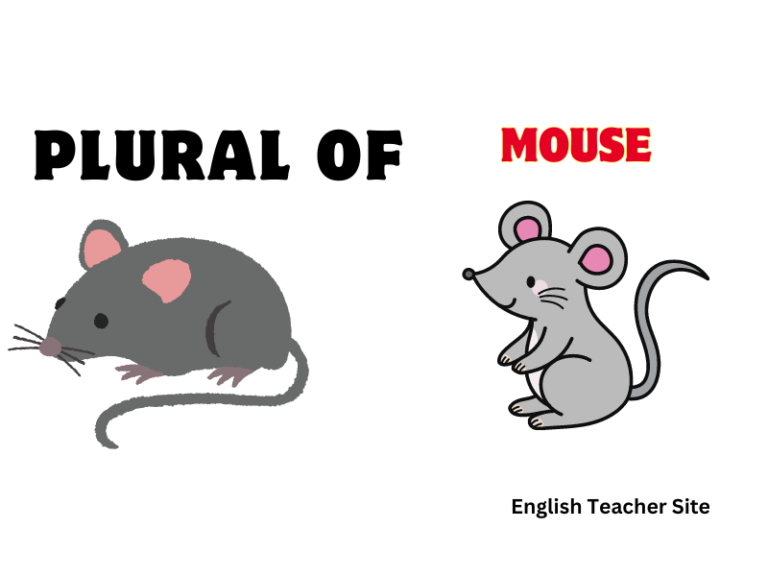What’s the Plural of Cactus? Understanding Variations in English Nouns

- The plural of “cactus” can be either “cacti” or “cactuses,” with both forms considered correct.
- “Cacti” adheres to traditional Latin rules, while “cactuses” follows standard English pluralization patterns.
- Singular nouns like “cactus” demonstrate the adaptability and ongoing evolution of the English language.
When discussing the English language, particularly its rules of grammar and pluralization, one may encounter a point of confusion with certain words with Latin origins. The term “cactus,” which refers to a family of spiny plants native to arid environments, presents such a case. Common practice in American English allows for variability in expressing the plural form of nouns that have Latin or Greek roots, leading to multiple accepted versions.
For the word cactus, the accepted plural forms reflect both a traditional approach and a modern adaptation. While “cacti” follows the classic Latin rule of changing -us to -i for pluralization, “cactuses” conforms to the more regular English method of adding -es to nouns ending in -us. Additionally, some dictionaries and language resources note that the term “cactus” itself can be used as a plural. This multiplicity in plural forms exemplifies the flexibility and evolution characteristic of the English language, catering to both linguistic purists and those who prefer modernized usages.
What’s the Plural of Cactus?
The plural form ‘cacti’ is derived from Latin, pursuant to the rule of changing ‘-us’ to ‘-i’ for pluralization. On the other hand, ‘cactuses’ follows the regular English pluralization rule, adding ‘-es’ to the singular noun ending in ‘-us’.
Standard English Rule:
| Singular | Plural |
|---|---|
| cactus | cactuses |
Latin Rule:
| Singular | Plural |
|---|---|
| cactus | cacti |
‘Cactus’ can sometimes be used as both singular and plural. This usage is less common and is usually found in informal speech. Examples of correct usage include:
- I have two cacti in my greenhouse.
- There are several cactuses in the desert exhibit.
- Look at all the beautiful cactus over there.
Cactus: Singular or Plural?
The term “cactus” comes from Latin, where the plural is “cacti”. Here’s a concise breakdown:
| Singular | Plural (Traditional) | Plural (Modern) |
|---|---|---|
| Cactus | Cacti | Cactuses |
Usage Over Time:
- “Cacti” has been the predominant form for many years.
- “Cactuses” has gained acceptance over time, particularly in informal contexts.
Here are the contexts in which you might encounter or use each form:
- Formal Writing: Academic papers, botanical texts.
- Informal Writing/Speech: Conversational English, informal communication.
Cactus Definition in the Dictionary
A cactus, as defined by numerous reference materials, is a plant predominantly found in arid and dry regions, particularly known for its fleshy, water-retaining stems. They often have no leaves, instead bearing spines or scales, and they can flourish in challenging environments.
Dictionary Definitions:
| Source | Definition |
|---|---|
| Merriam-Webster | Plants from the family Cactaceae with succulent stems and branches |
| Dictionary.com | Succulent plants of the New World, having fleshy stems and typically showy flowers |
Pluralization in English:
| Singular | Plural (Latin) | Plural (English) |
|---|---|---|
| Cactus | Cacti | Cactuses |
- Notable Characteristics of Cacti:
- Typically found in deserts
- Have succulent stems
- Usually spine-bearing
- Often display solitary, showy flowers
Sentence Examples with “Cactus”
Singular Form:
- In the botanical garden, she admired the tall cactus with its vibrant flowers.
Standard Plural Form (Cacti):
- They hiked through the desert and were fascinated by the various types of cacti they encountered.
- Care must be taken when handling cacti due to their sharp spines.
Alternate Plural Form (Cactuses):
- During the nature walk, the guide pointed out several different species of cactuses.
- Children were amazed to learn that cactuses store water in their thick stems.
In written and spoken English, both plural forms are accepted, though “cacti” is more commonly used. Here are two tables further illustrating the contexts in which each plural form might appear:
| Context | Singular | Plural (Cacti) |
|---|---|---|
| Science class discussion | Look at this cactus. | These cacti are photosynthesizing. |
| Botanical garden sign | Information about the cactus is available at the desk. | Some facts about cacti are fascinating. |
| Context | Singular | Plural (Cactuses) |
|---|---|---|
| Desert tour booklet | A cactus can survive in harsh conditions. | Cactuses can be seen throughout this region. |
- Plural Rules: Most nouns ending in “us” form their plural by changing “us” to “i,” but “cactuses” is also correct in informal contexts.
- Usage Note: While “cacti” is favored in academic and scientific circles, “cactuses” is often heard in casual conversation.
Synonyms for Cactus
Common Names:
- Prickly Pear
- Nopal (specifically for the genus Opuntia)
- Cholla (for cacti belonging to the genus Cylindropuntia)
Scientific Names:
- Saguaro (Referring to a particular species, Carnegiea gigantea)
- Peyote (Lophophora williamsii, known for its psychoactive properties)
| Scientific Term | Common Equivalent |
|---|---|
| Opuntia | Prickly Pear |
| Carnegiea gigantea | Saguaro |
| Lophophora williamsii | Peyote |
Here, we outline alternative terms that not only refer to variations of cacti but may also appear in specific regional vernaculars:
- Barrel Cactus – Refers to a group of cacti with a rounded, barrel-like shape.
- Organ Pipe Cactus – Named for its resemblance to a cluster of organ pipes.
| Regional Name | Description |
|---|---|
| Cholla | Characterized by its segmented branches. |
| Nopal | Often used in Mexican cuisine, edible. |
Origin of the Word Cactus
The word cactus has an intriguing history rooted in ancient languages. It initially comes from the Greek word kaktos, referring to a type of thistle. Eventually, the term made its way into Latin as cactus, denoting a cardoon, an artichoke-like plant.
The journey of the word into English kept the original Latin spelling. Over time, cactus became the term for the spiny plants we are familiar with today, different from the original Greek thistle. Although cactus entered the English lexicon, the proper pluralization in Latin, cacti, was also adopted. However, the English plural cactuses is commonly accepted as well.
| Greek Origin | Latin Influence |
|---|---|
| kaktos | cactus |
As the word transitioned from Greek to Latin and then to English, its meaning and pronunciation evolved while retaining its etymological roots.
| Etymological Journey | Description |
|---|---|
| Greek to Latin | Thistle to artichoke-like plant |
| Latin to English | Specific to general spiny succulents |
My name is Khamis Maiouf. I am the creator of the English Teacher Site, dedicated to providing valuable resources and insights for students around the world. With a passion for education and a commitment to helping students enhance their skills, I aim to make English teaching more effective and enjoyable for both educators and students.






